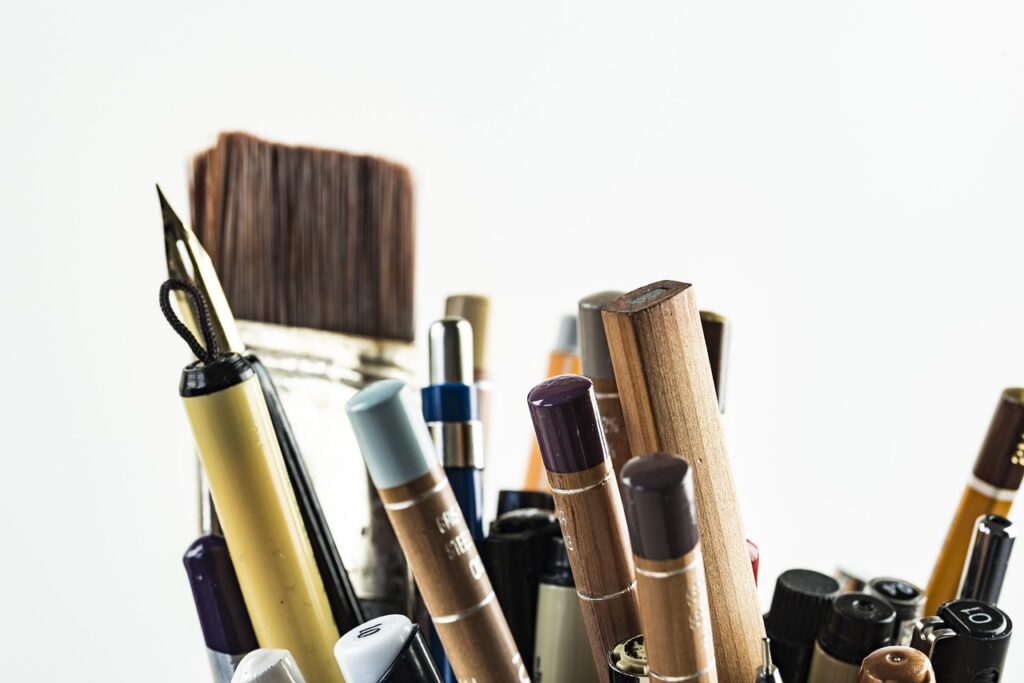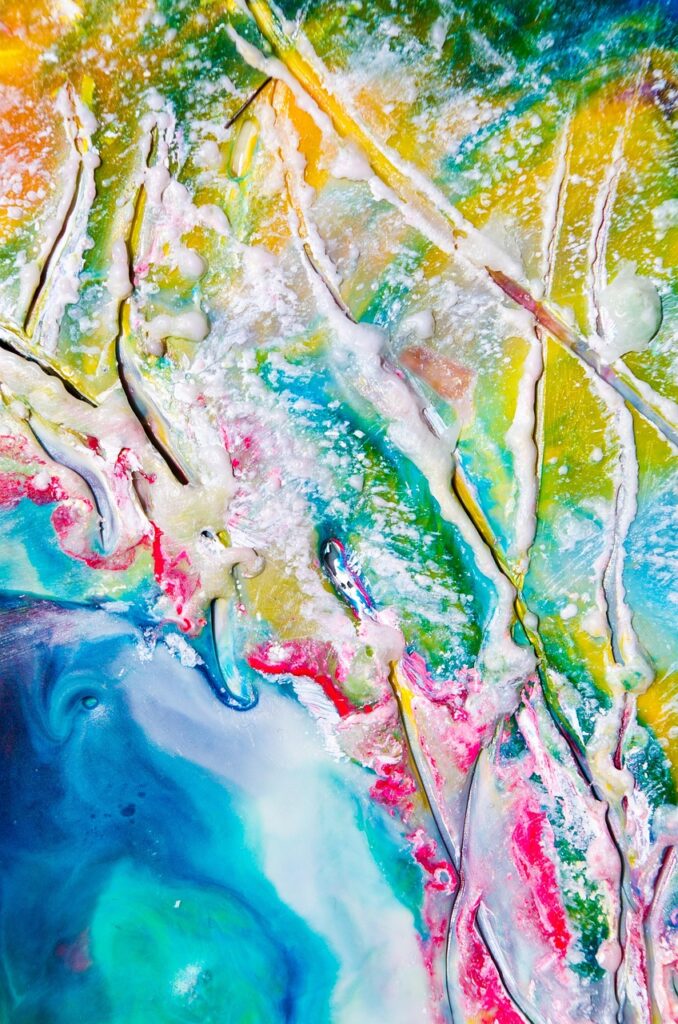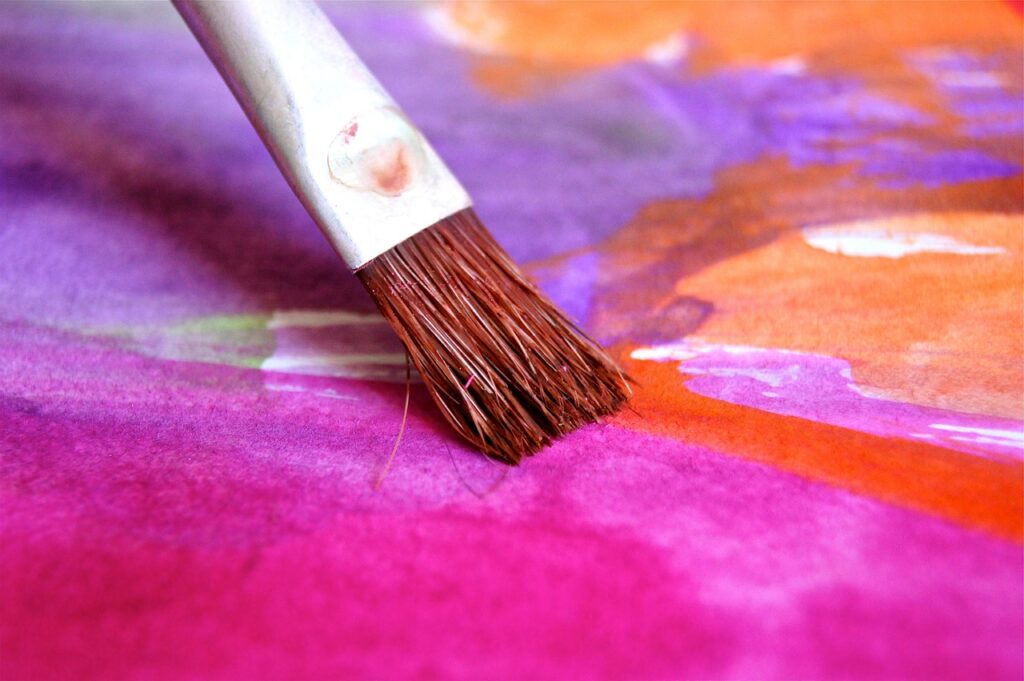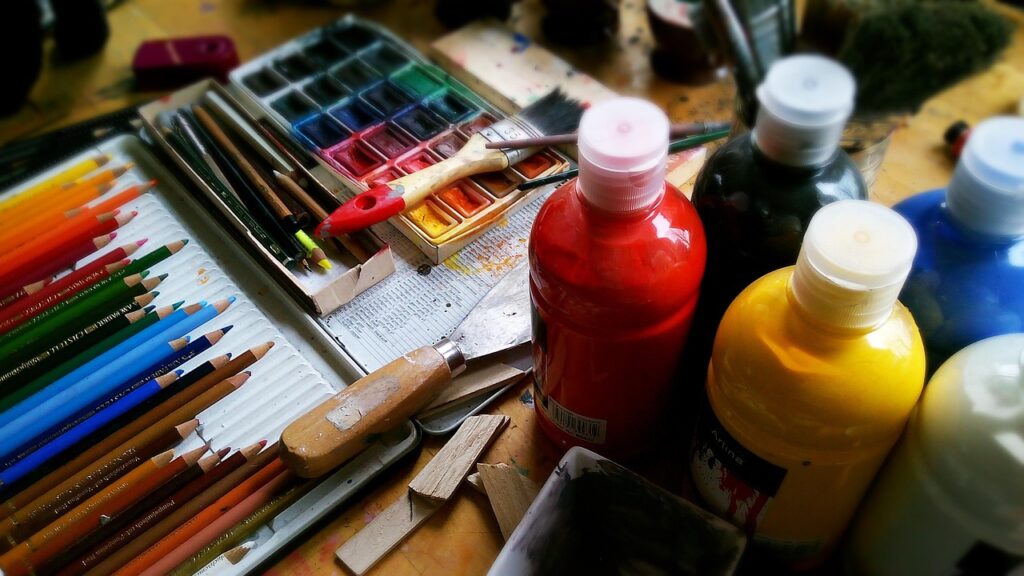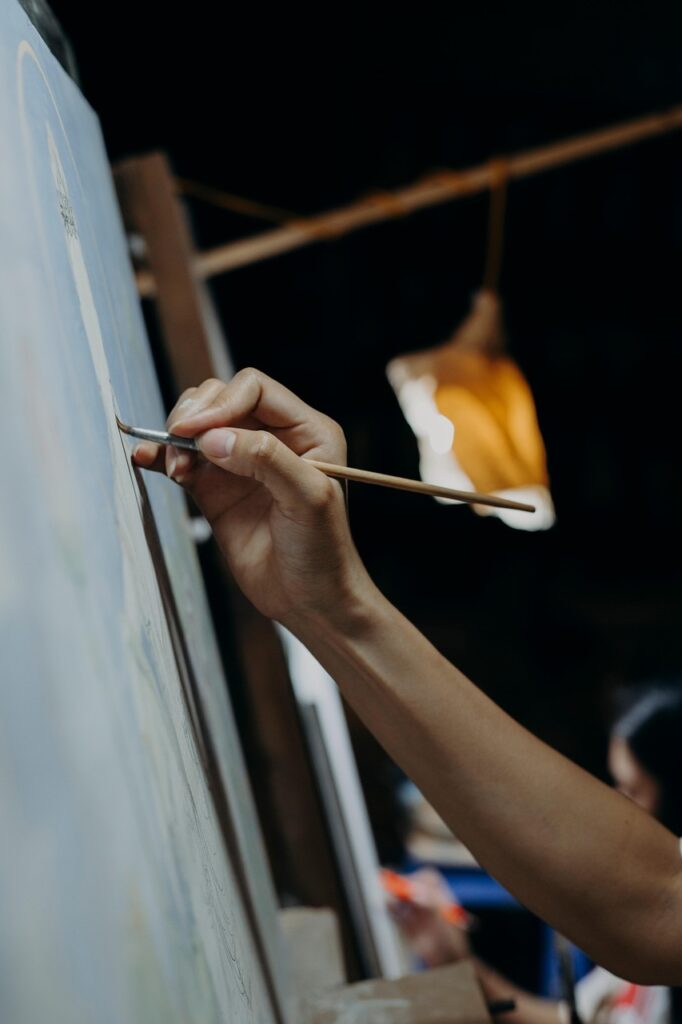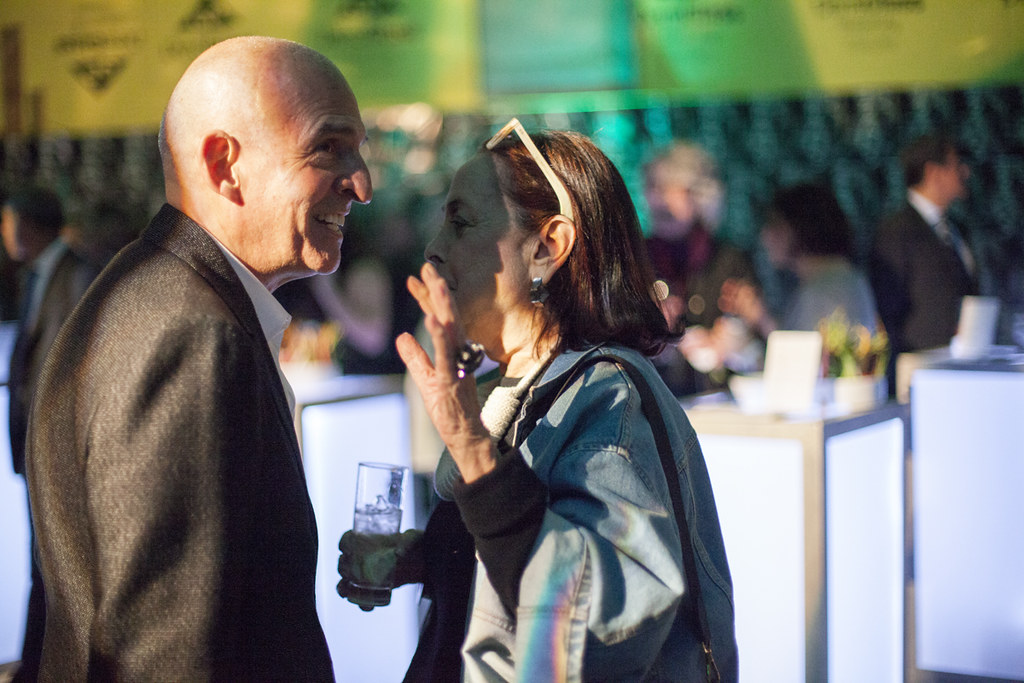
The New York art world recently bid farewell to one of its most indelible figures, Barbara Jakobson, an individual whose influence transcended traditional titles and roles, shaping the very fabric of modern and contemporary art for decades. She died on August 25 in Manhattan at the age of 92, leaving behind a legacy as a longtime trustee of the Museum of Modern Art and a tireless champion of artists and institutions alike. Her passing, attributed to pneumonia, marks the end of an era defined by her discerning taste, strategic acumen, and profound personal connections.
Before art became the asset class it is today, Ms. Jakobson operated as a power broker of a different kind, blending modest privilege with an innate passion for collecting not just artworks, but also the vibrant personalities who created and sold them. Her impact was quietly formidable, characterized by a tart wit, an opinionated nature, and a relentless pursuit of the new. Gallerist Jeffrey Deitch aptly summarized her unique position, noting, “In the art world, there are artists and curators and dealers and other people with defined roles. But then there are people like Barbara who are essential to how this whole system works, how the consensus of art and quality is formed.”
Ms. Jakobson’s life was an ongoing dialogue with art, a testament to how an individual’s dedication and keen sensibility can profoundly shape a cultural landscape. Her story is one of unwavering commitment, insightful patronage, and a remarkable ability to foster relationships that moved mountains within the often-complex ecosystem of the art world. We embark on an exploration of the key facets that defined her extraordinary journey and etched her name into the annals of New York’s cultural history.
1. **Early Life and Introduction to the Art World**
Barbara Joan Petchesky was born on January 31, 1933, in Brooklyn, growing up on Eastern Parkway, an avenue she liked to compare to the Champs-Élysées of Brooklyn, quoting Joan Rivers. Her proximity to the Brooklyn Museum, which she fondly called her “backyard,” likely fostered an early appreciation for art and culture. Her mother, Rose (Parnes) Petchesky, was the daughter of a clothing manufacturer, while her father, Joseph Petchesky, pursued a career as a lawyer, providing a stable, though not overtly privileged, upbringing.
Her formal education led her to Smith College, where she studied art history from 1950 to 1954. It was during her junior year that she married John Jakobson, who would later become a prominent stockbroker after attending Harvard Business School. The couple moved to New York in the mid-1950s, a period that would prove transformative for Barbara as she quickly immersed herself in the city’s burgeoning postwar art scene.
Initially, Ms. Jakobson worked briefly in the junior department at Lord & Taylor, a conventional start that soon gave way to a deeper engagement with her true calling. A pivotal moment arrived when a cousin introduced her to Leo Castelli, whose gallery was then located on East 77th Street in Manhattan. This introduction to one of the era’s most influential dealers proved to be a turning point, igniting her passion for collecting and connecting.
Her first significant art acquisition came in 1958 when she bought a work by Jasper Johns from his inaugural show at Castelli’s gallery, paying for it on an installment plan. This early purchase underscored her commitment and foresight. Before this, her very first art acquisition was a work by German artist Adolf Fleischmann, chosen because, as she explained in a MoMA oral history, she couldn’t afford a Piet Mondrian, her favorite artist, so she “just found the closest thing to a Mondrian that I could.” This practical yet passionate approach characterized her collecting journey.
Read more about: The Vanishing Act: 12 Car Features Automakers Are Quietly Removing and What Every Buyer Needs to Know Before Signing

2. **A Longtime Trustee of the Museum of Modern Art (MoMA)**
Barbara Jakobson’s association with the Museum of Modern Art was profound and enduring, extending back to her childhood when an aunt gifted her a MoMA membership at the age of 12. Her formal involvement began in the 1960s when she joined what was then known as the Junior Council, an apprenticeship program designed to cultivate future patrons and trustees for the institution. This group served as a vital pipeline for grooming individuals who would eventually contribute significantly to the museum’s governance and direction.
Her dedication and keen insights quickly propelled her through the ranks. She became the head of the Junior Council in 1971, a testament to her leadership qualities and her ability to organize and inspire. By 1974, her invaluable contributions and deep understanding of art led to her election as a full-fledged member of MoMA’s board of trustees, a position she held with distinction until her death.
Ms. Jakobson’s value to the museum was not primarily measured by the size of her financial donations, but rather by her unparalleled skill in “horse trading” and her relentless zeal for the arts and architecture. Glenn Lowry, MoMA’s director, succinctly captured her essence, stating, “She knew everything about everyone. And if you loved art, she loved you right back.” Her influence was less about monetary power and more about intellectual capital, social connections, and an unwavering commitment to the museum’s mission.
Her tenure as a trustee was marked by strategic interventions and a deep-seated belief in the power of art to shape understanding. She embodied a different kind of patronage, one where expertise, passion, and personal relationships were as crucial, if not more so, than sheer wealth. This approach allowed her to navigate the complex dynamics of the art world, making her an indispensable asset to one of the world’s most prestigious cultural institutions.
3. **Nurturing Young Artists: Robert Mapplethorpe and David Salle**
One of Barbara Jakobson’s most celebrated roles, though often unofficial, was her commitment to nurturing and befriending young artists. She possessed a unique sensibility for identifying emerging talent and an eagerness to engage directly with those at the forefront of artistic innovation. Her friendships with artists like Robert Mapplethorpe and David Salle highlight her importance as a mentor and an early champion, offering vital support during critical stages of their careers.
Robert Mapplethorpe, the acclaimed photographer, was a particular confidant. The two often dined together, with Ms. Jakobson driving downtown in her yellow Volkswagen Beetle to meet him, before dropping him off at his late-night haunts like the Mineshaft. This anecdote illustrates the depth and unconventional nature of their bond, extending beyond mere patronage to genuine companionship. Mapplethorpe even took her portrait in 1977, capturing her formidable presence seated on a velvet sofa, a testament to their close relationship.
Similarly, Ms. Jakobson met David Salle when she purchased one of his paintings in 1980, a time when he was still in his 20s. Salle recalled, “It was as if I already knew her. Her understanding of artists and how they do what they do was uncommon.” This immediate rapport and deep understanding underscored her ability to connect with artists on an intellectual and emotional level, fostering a sense of recognition and validation that was invaluable to their development.
Her enthusiasm for artists was infectious and strategic. As she told Vanity Fair in 1989, “When I become enthusiastic about an artist, I do not keep my mouth shut. Within five minutes, the jungle drums are beating.” This powerful network effect meant that her endorsement could significantly boost an artist’s visibility and standing within the wider art community, demonstrating her unofficial yet profound power as a tastemaker and advocate.
4. **Savvy Collector of “Works and People”**
Barbara Jakobson was renowned not merely as a collector of art, but as a connoisseur of the individuals who animate the art world itself. Her discerning taste extended beyond the canvas or sculpture to encompass the creators, the dealers, and the curators who collectively shaped the cultural landscape. Her collecting philosophy was a holistic one, rooted in a belief that the human element was as crucial as the artistic output.
She was described as “socially strategic and opinionated,” qualities that could be intimidating to some, but were immensely valued by many who recognized the depth of her knowledge and her willingness to engage critically. She formed deep friendships, notably with the influential dealer Leo Castelli, whose taste played a significant role in shaping her own. These relationships provided her with an unparalleled vantage point into the workings of the art market and the creative process.
Her collection was an eclectic tapestry, reflecting a sensibility that was consistently ahead of its time. It housed works by modern masters such as Frank Stella, Cy Twombly, and Jasper Johns, alongside contemporary giants like Andy Warhol and Jeff Koons. This breadth underscored her commitment to both historical significance and emerging trends, proving her keen eye for quality and relevance across different artistic movements.
Furthermore, she collected significant pieces of design, including bentwood chairs by Frank Gehry for Knoll—a partnership she had helped broker—and a swoopy ’50s sofa by Vladimir Kagan, which she famously persuaded the designer to sell her. Her rationale, “I promise it will be worth it to you, with all the famous bottoms that will sit on that sofa,” perfectly encapsulates her blend of charm, persuasion, and an acute understanding of the social currency of her collection. She truly understood the value not just of the object, but of its story and its place within a living, evolving narrative.
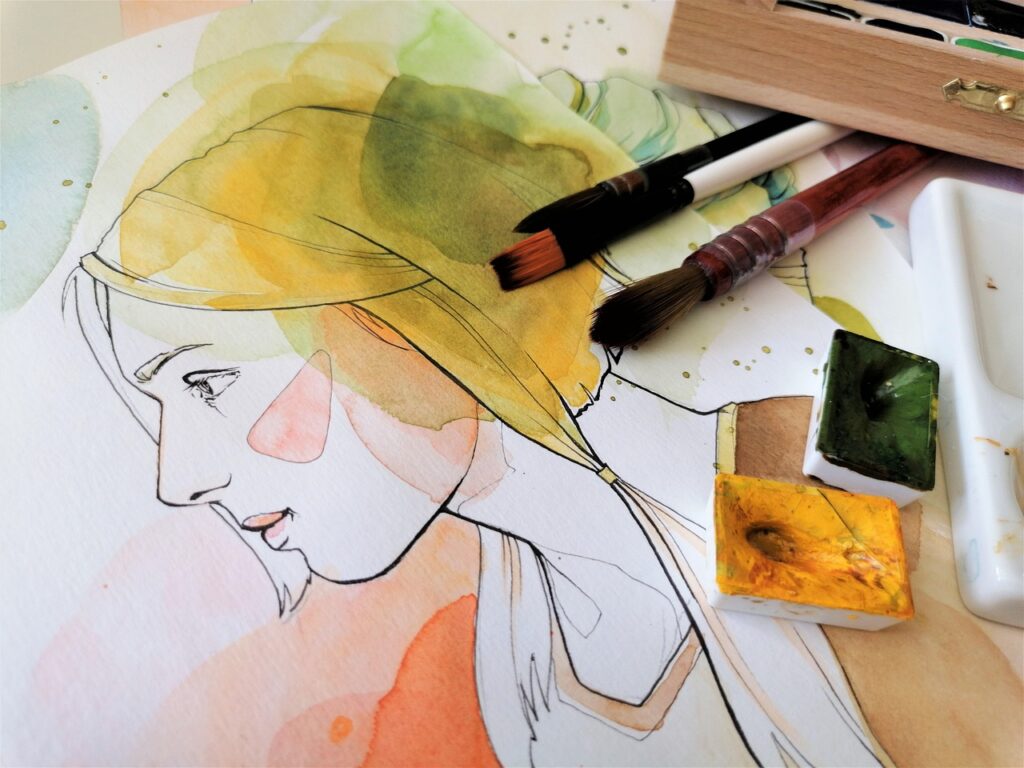
5. **Her Upper East Side Townhouse: A Curated Showcase of Modern Art and Design**
Since 1965, Barbara Jakobson’s Upper East Side townhouse served as much more than a residence; it was a meticulously curated museum, a living repository that artfully narrated the story of modern art and design. This architectural and artistic marvel was a direct extension of her sensibility, reflecting a vision that consistently moved “way ahead of its time,” as noted by Pilar Viladas in The New York Times in 2005. The house itself became something of a landmark, a physical manifestation of her collecting ethos.
Within its walls, Ms. Jakobson skillfully assembled a remarkable collection spanning paintings, sculptures, photographs, and furniture. This dynamic arrangement included significant works by Frank Stella, Cy Twombly, and Jasper Johns, alongside pieces by iconic photographers like Diane Arbus and pioneering artists such as Andy Warhol and Jeff Koons. The integration of functional design elements, such as Frank Gehry’s bentwood chairs and Vladimir Kagan’s iconic sofa, further showcased her sophisticated eye for both form and function.
The townhouse was not static; it was a continually evolving space that she referred to as “a vessel for an ongoing autobiographical exercise.” Photographers Horst P. Horst and Robert Mapplethorpe captured Ms. Jakobson within her art-filled home for Vogue in 1973 and in 1977 respectively, immortalizing the unique interplay between her persona and her environment. These images cemented the house’s reputation as a vital cultural space, integral to her identity.
Beyond its public appearances, the home was a deeply personal sanctuary where art truly lived. A felt piece by Robert Morris, for instance, remained in the same location since its acquisition in 1970, illustrating her commitment to enduring arrangements and the deep connections she forged with the art itself. The evolving nature of the house, even marked by the painted outline where a Frank Stella piece once hung, served as her “proof of life,” a testament to continuous transformation and engagement with art.
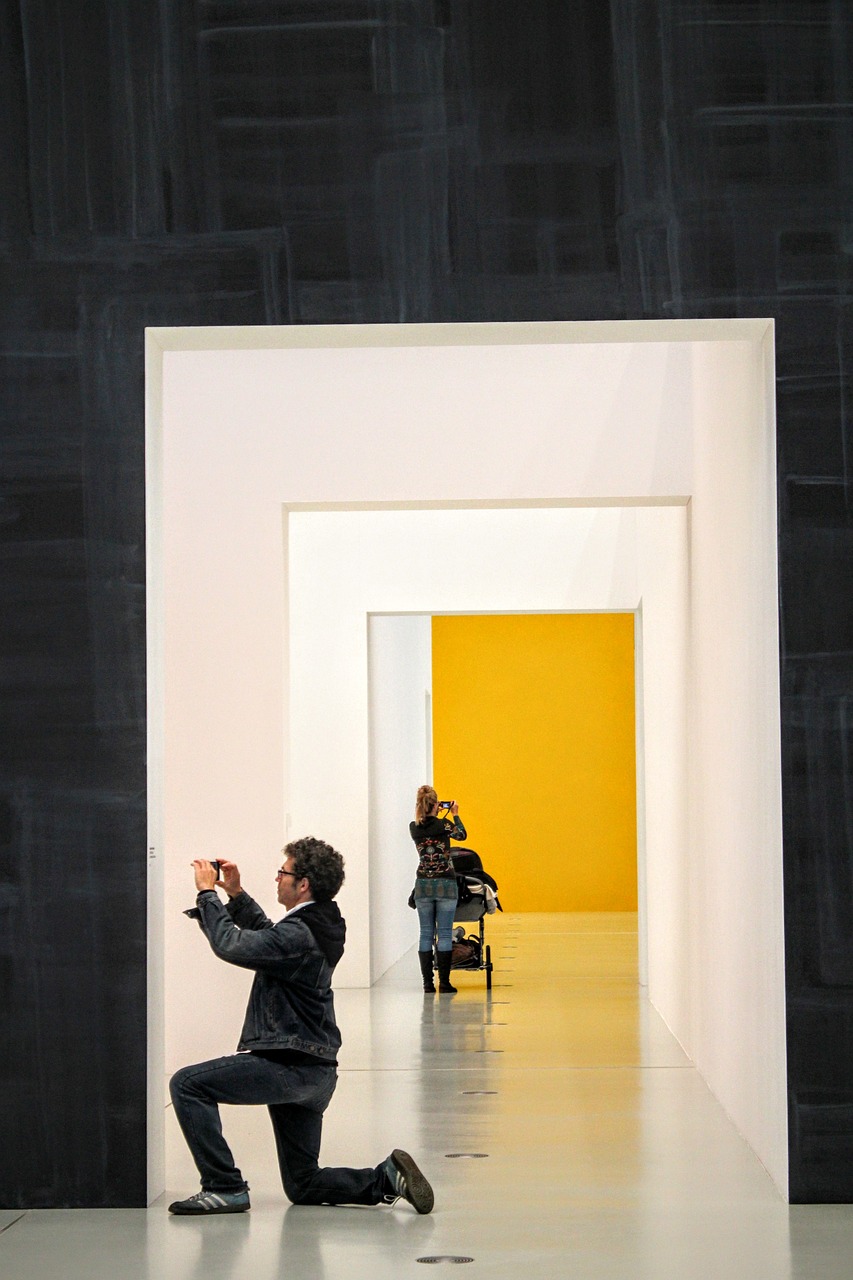
6. **The “Essential” Power Broker: Bridging Uptown and Downtown Art Worlds**
Barbara Jakobson’s distinctive role as an “art world power broker” was perhaps best articulated by gallerist Jeffrey Deitch, who stated she was “essential to how this whole system works, how the consensus of art and quality is formed.” Her influence stemmed not from an official title, but from an unparalleled ability to connect disparate elements of the New York art scene, particularly bridging the often-distinct worlds of uptown patrons and downtown artists.
Mr. Deitch further elaborated on her crucial function: “She was instrumental in connecting MoMA trustee types with what was going on downtown. And in introducing downtown artists to uptown patrons.” This capacity for cultural translation and social engineering was invaluable. She understood the needs and perspectives of both spheres, facilitating introductions and fostering dialogues that might not have occurred organically.
Her mobility and lack of a restrictive official job title, apart from museum trustee, gave her unique access and freedom. This allowed her to move “freely behind the scenes” and advise a wide array of people, from established collectors to emerging talents. She possessed an intuitive understanding of “how the world worked,” enabling her to navigate complex social and professional landscapes and, most importantly, “get things done.”
This informal yet highly effective power made her a central figure in shaping trends and consolidating artistic reputations. She wasn’t just observing the art world; she was actively, though subtly, guiding its direction, building bridges, and ensuring that important connections were made. Her ability to foster consensus and champion quality across the diverse segments of the art community was a testament to her unique vision and profound impact.
7. **Close Relationships with Influential Dealers: Leo Castelli and Others**
Barbara Jakobson’s network of relationships was a cornerstone of her influence, particularly her close ties with some of New York’s most prominent art dealers. These connections were not merely transactional but deeply personal, characterized by mutual respect, shared passion, and intellectual exchange. Chief among these was her enduring friendship with Leo Castelli, whose gallery was a nexus of the avant-garde and whose discerning taste profoundly shaped her own.
Her life took a significant turn after a cousin introduced her to Castelli. This initial encounter blossomed into a friendship that allowed her intimate access to the cutting edge of contemporary art. She began to “haunt all the uptown galleries,” and later, when Castelli moved to SoHo in 1971, drawing other gallerists in his wake, she followed suit, demonstrating her unwavering commitment to being at the pulse of the art scene.
Beyond Castelli, Ms. Jakobson cultivated close relationships with other top dealers of the era, including Sidney Janis and Ileana Sonnabend. These figures were instrumental in defining the post-war art market, and her ability to maintain such strong personal and professional bonds with them speaks volumes about her charm, intellect, and genuine enthusiasm for their work. These relationships were foundational, providing her with insights and opportunities that enhanced her collecting and her role as an adviser.
Her friendships with dealers were symbiotic: they provided her with access to groundbreaking art, and she, in turn, offered her support, her influential network, and her keen eye. This dynamic was a critical component of her effectiveness as an art world power broker. Her ability to navigate these complex relationships, gleaning insights and forging alliances, cemented her reputation as an indispensable figure within the intricate ecosystem of the New York art world.

8. **Her Vision for MoMA’s Collection: The Rauschenberg “Bed” Acquisition**
Barbara Jakobson’s profound value to the Museum of Modern Art was not solely in her financial contributions, but rather in her unparalleled ability to navigate the complex world of art acquisitions through keen strategic insight and personal persuasion. She possessed a rare talent for what was colloquially known as “horse trading,” a skill she deftly employed to enrich MoMA’s permanent collection with iconic works.
A prime example of this was her instrumental role in securing Robert Rauschenberg’s groundbreaking work, “Bed,” for the museum. This significant piece, created in 1955, involved Rauschenberg taking the quilt and pillow from his own bed and working them over with paint, transforming everyday objects into a profound artistic statement. It quickly became one of the artist’s first and most famous “combines.”
Ms. Jakobson was pivotal in persuading the influential dealer Leo Castelli, who had originally purchased the piece for a mere $1,200, to donate it to MoMA in 1989. By the time of its donation, “Bed” was valued at a staggering $10 million, underscoring its immense artistic and financial significance. Her intervention ensured that this crucial work, central to understanding post-war art, found its permanent home within the museum.
This acquisition profoundly bolstered MoMA’s holdings, solidifying its reputation as a leading institution for modern and contemporary art. It stands as a testament to Ms. Jakobson’s discerning eye, her persuasive power, and her unwavering commitment to the museum’s mission of preserving and presenting the most vital artistic expressions of her time.
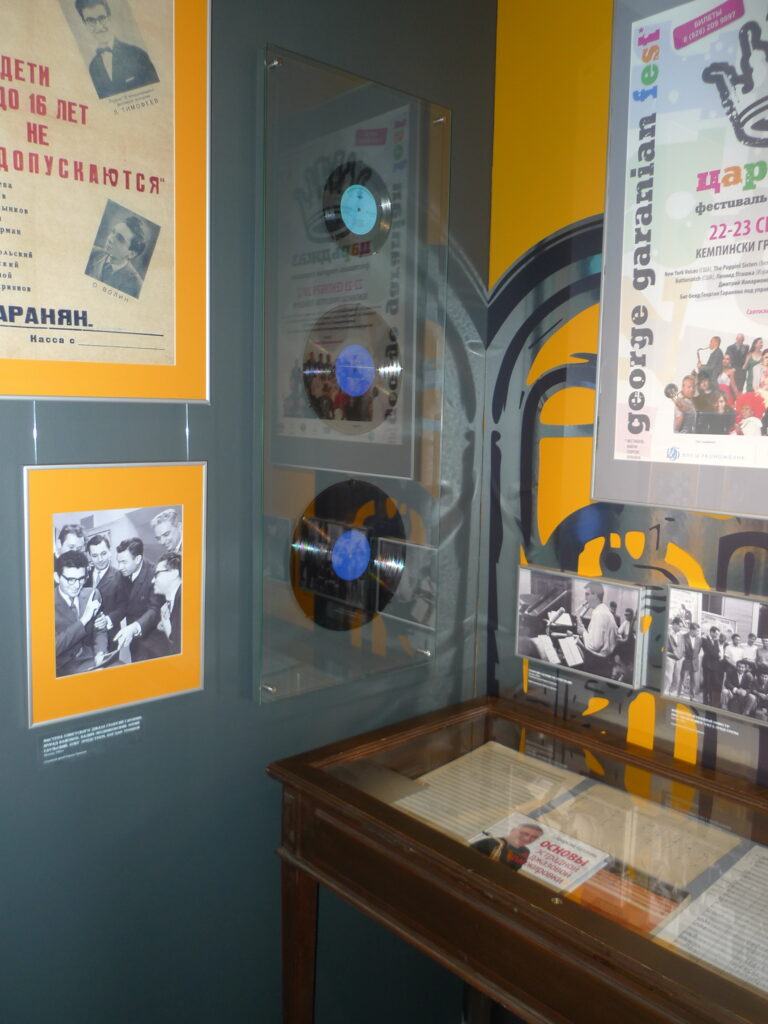
9. **Shaping MoMA’s Future: The Architectural Expansion**
Beyond her impact on MoMA’s collection, Barbara Jakobson played a critical advisory role in shaping the very physical embodiment of the institution: its ambitious expansion at the turn of the 21st century. She was an integral member of the committee tasked with the momentous decision of selecting an architect for the $850 million project, a choice that would redefine the museum’s presence and functionality for decades to come.
Her involvement extended to a hands-on approach, famously embarking on a field trip to Europe with fellow trustees. The purpose was clear: to meet with the architects under consideration and personally tour their existing buildings, gaining firsthand insight into their visions and capabilities. This meticulous process reflected her dedication to ensuring the best possible outcome for MoMA.
During this memorable tour, Ms. Jakobson’s candid and often witty observations provided a glimpse into her sharp critical faculties. In an oral history of her tenure conducted by MoMA, she vividly described Frank Gehry’s Guggenheim in Bilbao, Spain, as “A giant testosterone explosion.” Such remarks highlighted her unvarnished honesty and her perceptive, albeit colorful, assessment of architectural prowess.
Ultimately, the prestigious commission for MoMA’s expansion was awarded to the Japanese architect Yoshio Taniguchi, whose design opened in 2004. Ms. Jakobson’s strategic input during this crucial selection process underscores her profound influence not just on the art within the museum’s walls, but on the very architectural framework that housed it, leaving an enduring mark on the institution’s physical legacy.
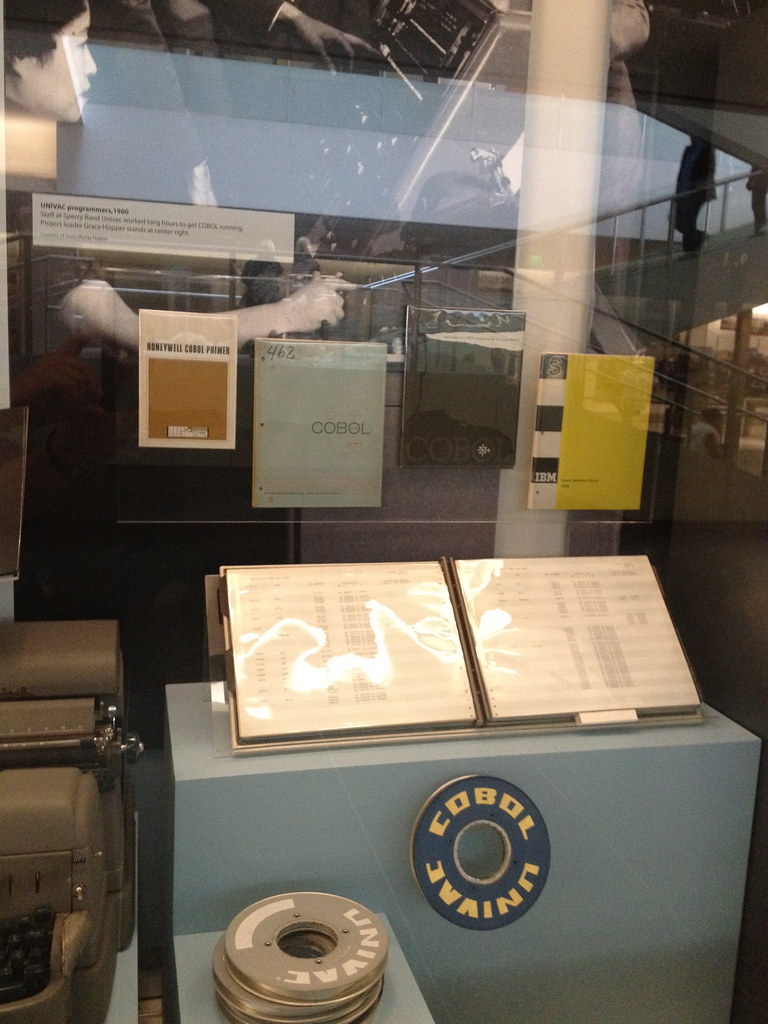
10. **Championing Inclusivity: Founding the Studio Museum in Harlem**
Barbara Jakobson’s commitment to diverse cultural institutions extended significantly beyond her influential role at MoMA. Demonstrating a prescient understanding of the evolving landscape of art and community, she became a founding member of the Studio Museum in Harlem, an institution that opened its doors in 1968. This involvement occurred concurrently with her participation in MoMA’s Junior Council, highlighting her expansive vision for art patronage.
Her philosophical approach to the Studio Museum in Harlem was particularly enlightened, reflecting a deep respect for community autonomy. In an interview for a MoMA oral history in 1997, Ms. Jakobson articulated her view on the museum’s founding board: “Once we got it started, the idea was that we wouldn’t just be a board of white downtown New Yorkers, we would start it, we would try to get it going and we would leave.”
This statement underscored her belief in the importance of fostering self-sustaining cultural institutions that genuinely represented and were led by the communities they served. It was a forward-thinking perspective, advocating for a transition of power and ownership, rather than perpetual external control.
Her role as a founding member and her stated philosophy were instrumental in establishing the Studio Museum as a vital institution dedicated to the art and artists of African descent. This commitment to creating pathways for diverse voices within the art world further cemented her legacy as a truly impactful and inclusive power broker, whose influence extended to nurturing a broader cultural ecosystem.
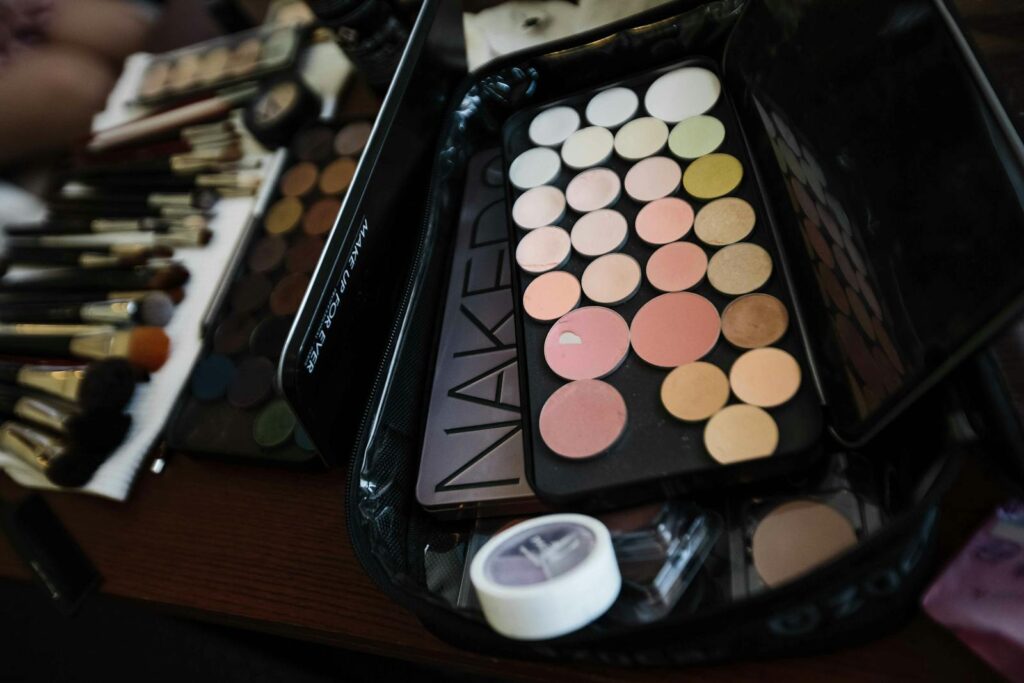
11. **The “Autobiographical Exercise” of Her Home: A Dynamic Collection**
Barbara Jakobson’s Upper East Side townhouse was more than just a residence; it was, in her own words, “a vessel for an ongoing autobiographical exercise.” This concept reflected a deeply personal and dynamic approach to collecting, where her home continuously evolved as a living narrative of her engagement with art and design since she moved in in 1965. It was a space where art truly lived and transformed alongside her.
Within its meticulously curated walls, Ms. Jakobson showcased a remarkable breadth of artistic talent, constantly integrating new acquisitions with established masterpieces. Her collection featured works by artists such as Matthew Barney, Richard Artschwager, Barbara Bloom, and Peter Halley, alongside the iconic pieces mentioned previously. The ground floor even boasted a unique bar designed by artist Tom Sachs, ingeniously crafted from Con Edison barricades, illustrating her embrace of unconventional and contemporary design.
One of the most poignant examples of her home’s evolving story was the visible “proof of life” she maintained on her walls. After selling an important work by Frank Stella from 1971, a piece shaped like overlapping trapezoids, Ms. Jakobson deliberately painted around the space where it had hung. This left a distinct outline, a subtle ghost of the canvas, which she considered a testament to continuous transformation and engagement.
This deliberate act of preserving the memory of a departed artwork underscored her philosophy that her home was not a static museum, but a fluid, responsive environment. It was a space that chronicled her journey as a collector, patron, and individual, making the townhouse itself an integral part of her artistic expression and an enduring symbol of her lifelong dedication to the art of her own time.
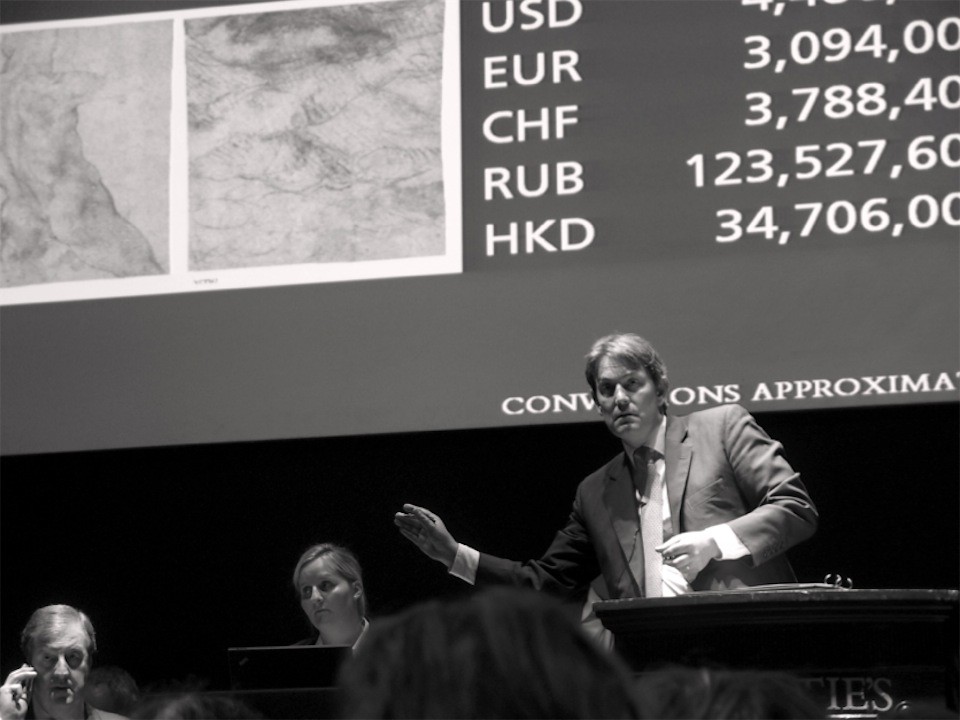
12. **The 2005 Christie’s Sale: Reshaping a Legacy**
In 2005, Barbara Jakobson made a significant public statement about the evolution of her collection and her ongoing commitment to the art world by orchestrating a sale of 41 works of art and design at Christie’s auction house. This event provided a rare glimpse into the breadth and depth of her collection, which she had meticulously assembled since the 1950s, and showcased her active curation even into her later years.
The diverse selection of pieces offered at the auction reflected her eclectic and discerning taste. Among the notable items were a distinctive brass-and-resin chair by the celebrated Italian designer Carlo Mollino, Josef Albers’s vibrant “Homage to the Square: Consonant” (1957), and Diane Arbus’s compelling photograph, “Xmas Tree in a Living Room, Levittown, L.I.” (1963). These works spanned different mediums and periods, yet all bore the hallmark of her sophisticated eye.
The sale proved to be a resounding success, generating a total of $1.9 million. Several of the lots significantly exceeded their pre-sale estimates, underscoring the market’s recognition of her keen collecting sensibility and the quality of the works she championed. It is worth noting, however, that the Frank Stella painting, “Felstzyn III” (1971), sold for $72,000 against an estimate of $80,000 to $120,000, illustrating the unpredictable nature of the market even for a collector of her stature.
Crucially, Ms. Jakobson’s motivations for the sale extended beyond mere divestment. She strategically allocated 10 percent of the proceeds to benefit MoMA’s Acquisition Fund, demonstrating her continued philanthropic commitment to the institution. The remaining funds were reinvested into her home, financing new commissions and further enriching her personal space, including the innovative Tom Sachs-designed bar, ensuring a continuous cycle of artistic patronage and transformation.
13. **A Philosophy of the Present: Artists as “Cassandras”**
At the core of Barbara Jakobson’s distinctive collecting philosophy was a profound and unwavering belief in the prescient role of contemporary artists. She viewed artists not merely as creators of aesthetic objects but as vital interpreters and forecasters of societal thought and cultural shifts. This perspective deeply informed her collecting practices and her relentless pursuit of the new, defining her as a forward-thinking patron.
As she eloquently articulated in a MoMA oral history, “This is what drives me and what keeps me interested in art, the art of my own time.” This statement encapsulates her passion for staying at the vanguard of artistic expression, continually engaging with the creative pulse of the present moment rather than resting on the laurels of established history. Her energy was consistently directed towards understanding and supporting the next wave of innovation.
Ms. Jakobson elaborated on this philosophy, stating, “I look to the artists to let me know what we will be thinking because the artist always is there first, they’re always these [C]assandras, whatever it is, whether it’s a new way of painting, that’s why it‘s interesting for me to look at the work of new artists.” She saw artists as modern-day oracles, possessing an innate ability to perceive and articulate future trends and ideas before they became widely apparent.
This conviction guided her tireless courtship of emerging talents and her willingness to invest in unproven artistic visions. By championing these “Cassandras,” Ms. Jakobson not only built an extraordinary collection but also acted as a crucial catalyst, helping to shape the discourse around contemporary art and ensuring that these vital voices found their deserved place within the broader cultural consciousness.
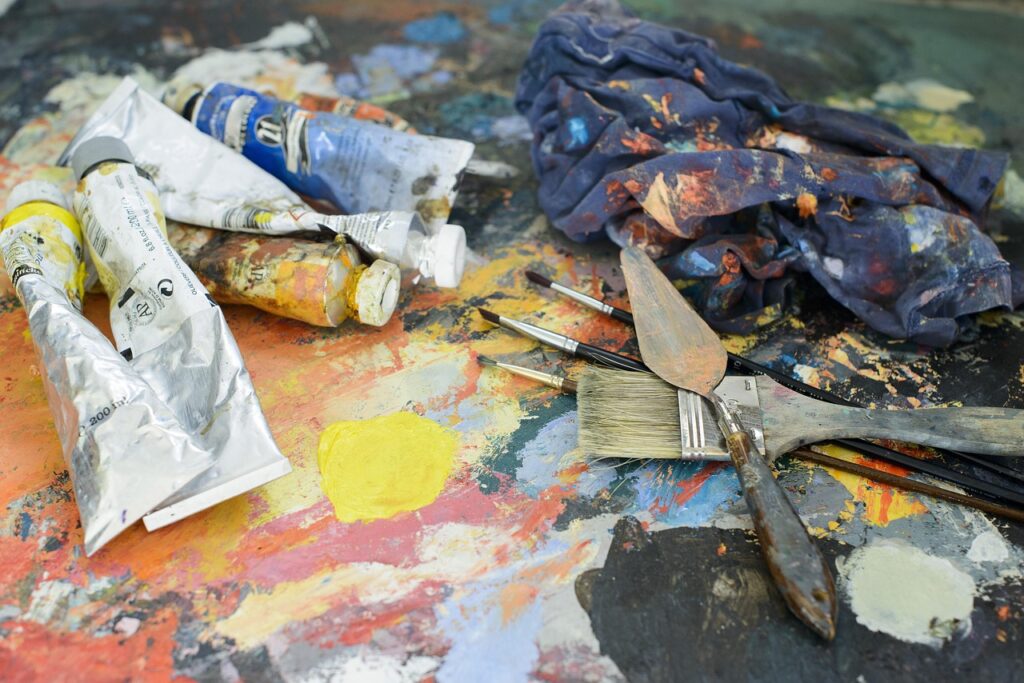
14. **An Enduring Presence: Her Personal Legacy and Influence**
Barbara Jakobson’s passing marked the end of an era, yet her influence on the New York art world and beyond remains indelible, etched not only in museum collections and architectural landmarks but also in the countless personal connections she fostered. Her legacy transcends the traditional definitions of patronage, resting heavily on her unique ability to navigate and shape the intricate social fabric of the art community.
Those who worked closely with her attest to her formidable presence and unparalleled network. Alice Tisch, a MoMA board member, warmly recounted how Ms. Jakobson embraced her, whispering insights into the museum’s dynamics. “She knew who had done what to whom and when,” Ms. Tisch shared, adding that Jakobson held “the closest of relationships with many of them, in all the ways you can imagine,” highlighting her profound interpersonal intelligence and widespread rapport.
Jeffrey Deitch, a prominent gallerist, aptly summarized her irreplaceable role: “In the art world, there are artists and curators and dealers and other people with defined roles. But then there are people like Barbara who are essential to how this whole system works, how the consensus of art and quality is formed.” Her ability to move freely behind the scenes, offering counsel and facilitating connections, enabled her to “get things done” in ways no official title could.
Read more about: Bruce Glover: A Retrospective on the Versatile Career of a Hollywood Character Actor, From 007 Villain to Esteemed Acting Coach
Ultimately, Barbara Jakobson’s enduring legacy is that of a visionary tastemaker, a generous mentor, and a steadfast advocate for art in all its forms. Her life was a testament to the power of passion, intellect, and connection to shape culture. She leaves behind a transformed landscape, enriched by her discerning eye, strategic interventions, and unwavering belief in the transformative power of art and artists, ensuring her memory will resonate for generations to come.


